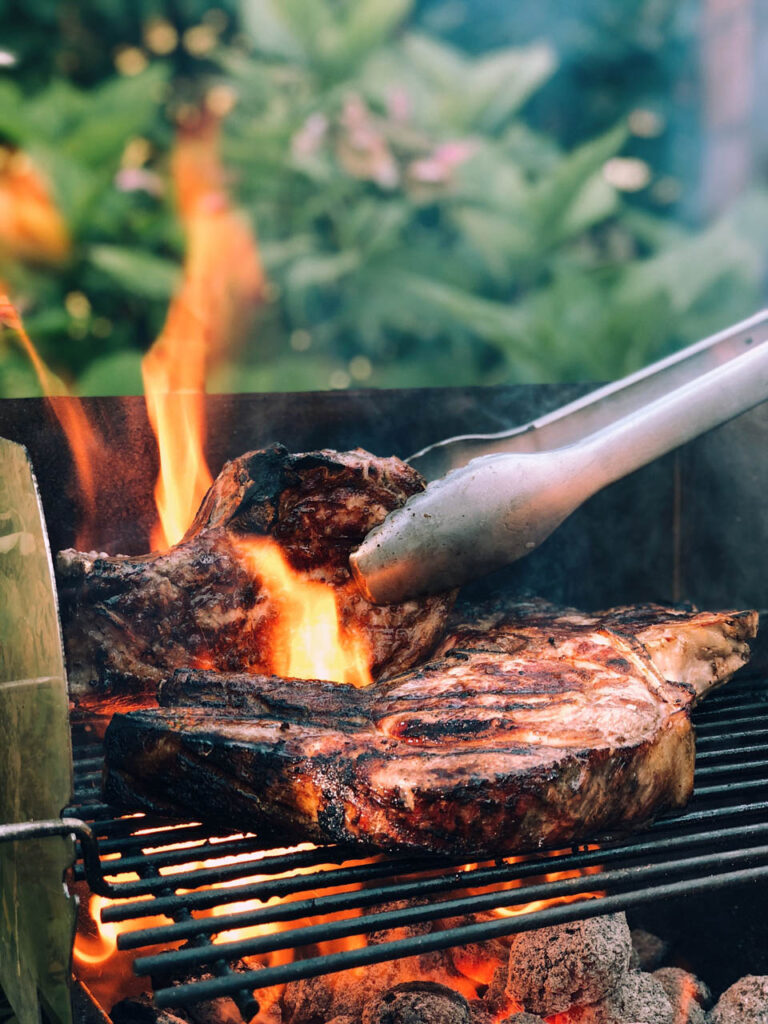There’s no other capital worldwide like Antananarivo (Tananarive to the French, “Tana” colloquially to everyone). Madagascar vacations of emerald rice paddies tracks around lakes, canals and rugged hills, while a huddle of pastel-coloured homes crowds the still-partly cobbled streets of a crumpled central lattice. Even the sprawling shanties seem in some way prettier than the typical city run-down neighborhood: still mainly built in the standard manner, using fired-clay bricks, they blush radiantly pink in the afternoon sun, packed together in between the glimmering rice fields.
Southern Madagascar has a few of the island’s most engaging attractions, from the gaunt sandstone plateau of Parc National d’Isalo to the towering mountain fastness of Parc National d’Andringitra. Elsewhere, you’ll find spiny forests and wonderful beaches, surfing and diving in the dry southwest, and the sexy rolling landscapes and scalloped bays twisting around the port of Fort Dauphin in the far southeast. This is also Madagascar’s poorest area, nevertheless, and more vulnerable to lawlessness– generally manifested in cattle rustling and highway banditry– than the remainder of the country.
The best method to navigate Madagascar is to employ a car with a chauffeur or sign up with an organized trip. Car leasings frequently feature a chauffeur as part of their rates and provide you the most versatility with your itinerary. Trips, however, usually cover the expense of lodgings and some or all meals, but you’ll need to adhere to a set schedule and travel with other visitors. Restricted public transport options are also available, however these budget-friendly services are sluggish and typically uneasy and risky. For longer trips in between select towns, traveling by airplane can be organized. Getting to the island will need flying into Ivato International Airport (TNR) in Antananarivo or getting here by cruise ship to various Malagasy areas, consisting of Antsiranana, Nosy Be and Tamatave, by means of cruise operators like Costa Cruises and MSC Cruises.
The highlands of main Madagascar stretch from north of Antananarivo far towards the south of the island, swelling extremely across dramatic granite range of mountains, lava ridges and outcrops. While there’s very little native natural forest left, the human landscape is captivatingly stunning. Deep valleys are filled by terraced rice fields and typically constructed towns, from the hectic provincial farming center of Antsirabe to the historical city of Fianarantsoa. Check out towns by horse-drawn buggy and immerse yourself in cultural traditions such as Malagasy crafts and famadihana (reburial) events. Beyond these metropolitan centres lies the Réserve Villageoise Anja, where you can trek through the house territories of delightful ring-tailed lemurs, and rugged Parc National de Ranomafana, whose rainforest conceals the rare golden bamboo lemur.
Madagascar has an entrancing tableaux of landscapes: leaking emerald jungles, baobab trees like huge windmills overlooking the savannah, and crazy protrusions of limestone pinnacles, like a million wonky Gothic church spires. The human landscapes are equally captivating. In the highlands, a thousand shades of green dazzle from the terraced rice fields, framed by dykes of red earth; water-filled nursery paddies reflect a cerulean blue sky and towering granite mountains, daubed by the pastel pictures of rows of multicoloured Hauts Plateaux homes.
While everybody goes to Nosy Be for the fancier resorts, if you desire something a bit more local, less expensive, and more unwinded, take a look at Île Sainte Marie. Found off the eastern coast, this former pirate capital (the 17th-century pirate Captain Kidd’s ship sank neighboring) is a funky, unwinded island full of little coves, a pirate graveyard, and scrumptious seafood. The beaches aren’t as good as Nosy Be however there’s a beautiful white-sand beach in the south of the island that couple of people go to. This is likewise the very best part of the nation for whale watching. Round-trip flights here cost around 810,000 MGA. (Don’t take the boat, it’s slow and awfully inconvenient).
Off the protected west coast lies the fabled island of Nosy Be, with smaller and a lot more appealing islands dotted around the warm waters of the Mozambique Channel. Madagascar is bound in largely deciduous dry forest, sprinkled with pockets of highland and lowland rainforest– a biome referred to as the Sambirano ecosystem. The southeast corner of Nosy Be is still shrouded by a cloak of primary rainforest safeguarding a number of unusual and endemic species. The majority of those who go to Madagascar make a beeline here, lured by the pleasant weather condition and warm seas, plus routine charter flights from France and Italy. Diving and snorkelling are popular pursuits, and kite- and windsurfing are big around Diego.
Subscribe to Updates
Get the latest creative news from FooBar about art, design and business.
4 Madagascar Trips Formula You Never Discover
Previous ArticleLoft Conversion Doesn’t Have To Be Hard – Read These 5 Guideline
Next Article The Ultimate Trick Of Online gambling
